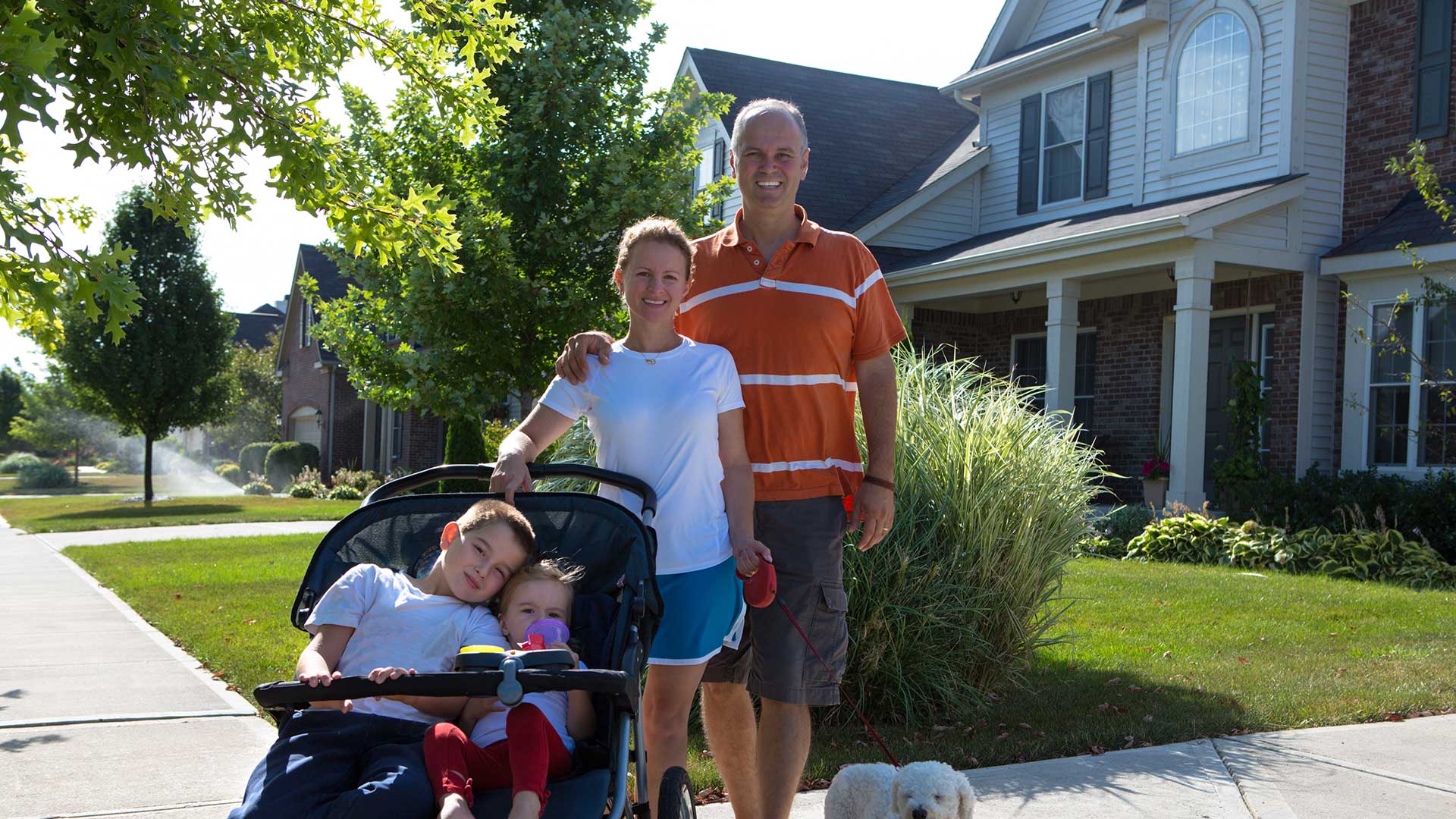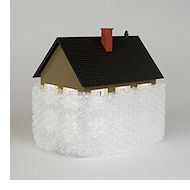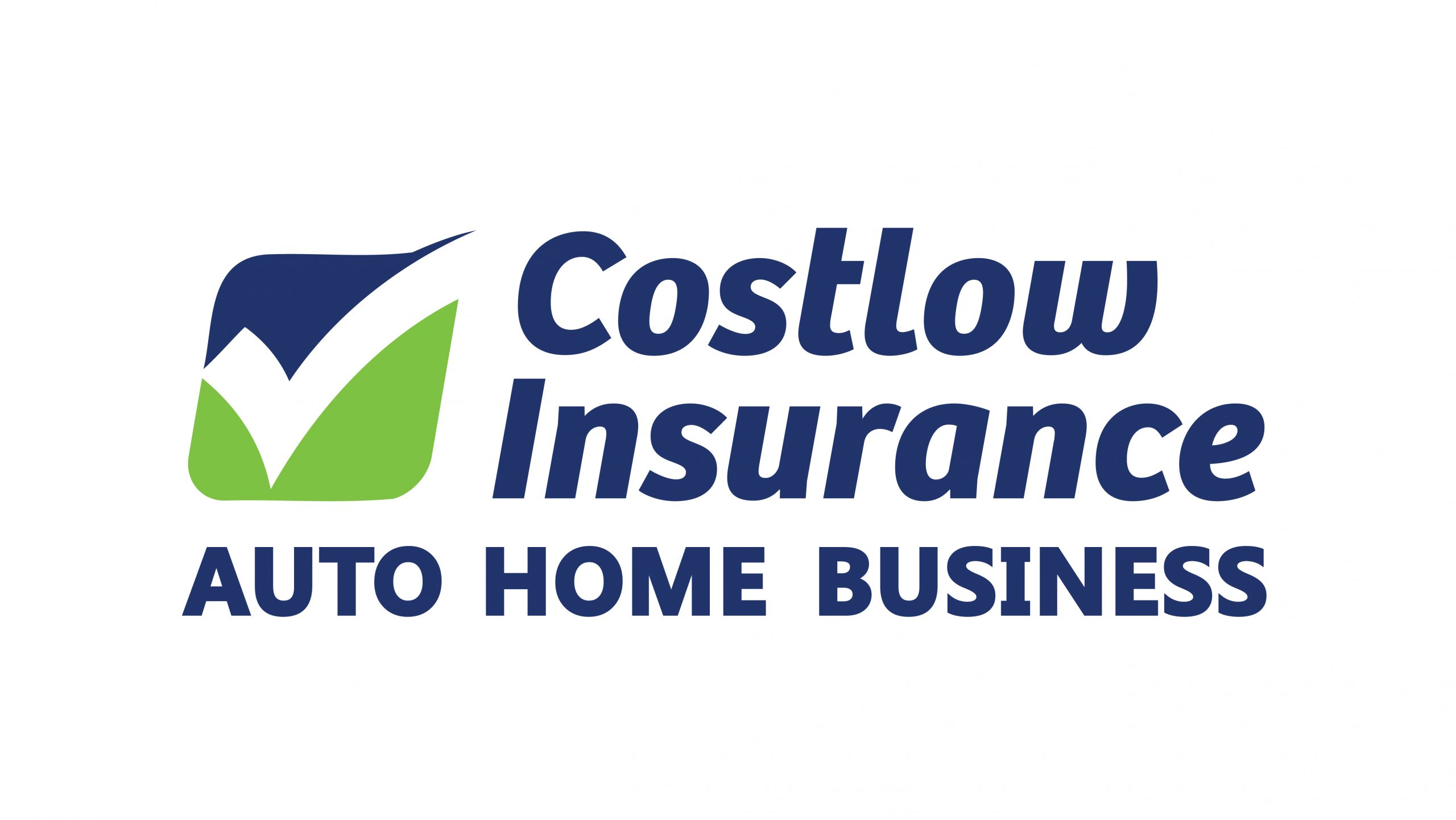
Homeowners Insurance
HOMEOWNERS INSURANCE INFORMATION
Shopping for Homeowners Insurance, or Hazard Insurance, as it is known, can be confusing for homeowners. Costlow Insurance makes it simple. We explain the various important hazard insurance coverages for your home. Acquiring insurance for this important purchase shouldn’t be taken lightly.
If you have a loss that affects your home, you certainly want the peace of mind that comes with the knowledge that you’ve purchased the best insurance coverage with the best coverage values through an agent you can trust. Let us help you make the right choices.
What Your Agent Needs to Know
Your agent will ask you the following information:
- What kind of home you own
- When your home was built
- County of residence
- Zip code
- The approximate square footage of your home not including your garage
- The construction of your home (either brick or frame for example)
- How many stories your home is it
- Does it have central heat and air?
- How many bathrooms does it have
- Does it have a fireplace?
- Does it have any special features? (such as granite countertops or wood floors for example)
- What is its roofing materials and age?
- Does the home have an attached or detached garage, and/or a carport, or swimming pool.
- How much your belongings are worth
- How much personal comprehensive liability you will need
- What pets you own
- The general condition of your house.
You should also tell your agent if you own any particularly valuable items that may need a special insurance policy endorsement coverage called a Floater.
Your agent can usually find most of the information about your dwelling from the Local County Appraisal District.
Receiving a Quote
Once the agent has assembled all of the information, he or she will quote you a premium. The premium depends on all of the factors above; on the deductibles you choose, and in some cases insurers require credit scoring as well.
What is Homeowners Insurance?
 Homeowners insurance provides financial protection against disasters. A standard policy insures the home itself and the things you keep in it. House insurance protects your investment.
Homeowners insurance provides financial protection against disasters. A standard policy insures the home itself and the things you keep in it. House insurance protects your investment.
Homeowners insurance is a package policy. This means that it covers both damage to your property and your liability or legal responsibility for any injuries and property damage you or members of your family cause to other people. This includes damage caused to others by household pets.
Damage caused by most disasters is covered but there are exceptions. The most significant are damage caused by floods, earthquakes and poor maintenance. You must buy two separate policies for flood and earthquake coverage. Maintenance-related problems are the homeowners’ responsibility.
Factors that determine the cost of rebuilding your home include local construction cost, the square footage of the structure, the type of exterior wall construction, the style of the house, the number of bathrooms, and bathroom amenities, kitchen grade, common areas, other rooms, the type of roofing materials, other structures on the premises, fireplaces, exterior trim, special features, and overall improvements that have added value to your home.
Replacement Cost Homeowners Insurance
Banks and Mortgage companies today require you to buy: Replacement Cost Homeowners Insurance to cover the amount of your mortgage. If the limit of your insurance policy is based on your mortgage, make sure it’s enough to cover the cost to rebuild your home at today’s construction costs.
Most Replacement Cost policies cover replacement cost for damage to the structure. A Replacement Cost Policy pays for the repair or replacement of damaged property with materials of similar kind and quality. There is no deduction for depreciation-the decrease in value due to age, wear and tear, and other factors.
What is Covered By a Standard Homeowners Policy?
A standard homeowners insurance policy includes five essential types of coverage.
1. The Structure of Your House
This part of your policy pays to repair or rebuild your home if it is damaged or destroyed by fire, hurricane, hail, lightning or other disasters listed in your policy and sometimes referred to as a Cause of Loss or Peril. Your policy will not pay for damage caused by a flood, earthquake or routine wear and tear. When purchasing coverage for the structure of your home, it is important to buy enough coverage to rebuild your home at current construction costs.
Don’t base your rebuilding costs on the price you paid for your home. The cost to rebuild could be more or less than the price you paid for your home or how much you could sell it for today.
2. Other Structures
Most standard policies also cover what are referred to as: Other Structures that are detached from your home. This can include a garage, tool shed or gazebo. Generally, these structures are covered for about 10% of the amount of insurance you have on the structure of your home. If you need more coverage, talk to your insurance agent about purchasing more insurance.
3. Your personal belongings known as Unscheduled Personal Property
Your furniture, clothes, sports equipment and other personal items are covered if they are stolen or destroyed by fire, hurricane or other insured disasters. Most companies provide coverage for 40% to 60% of the amount of insurance you have on the structure of your home. So if you have $100,000 worth of insurance on the structure of your home, you would have between $40,000 to $60,000 worth of coverage for your belongings. The best way to determine if this is enough coverage is to conduct a Home Inventory.
This part of your policy includes off-premises coverage. This means that your belongings are covered in other parts of the world. Most companies limit the amount to 10% of the amount of insurance you have for your possessions. You have limited coverage for unauthorized use of your credit cards as well.
Expensive items like jewelry, furs, and fine arts are covered, but there are usually dollar limits if they are stolen. Generally, you are covered for between $500 to $5,000 for all of your jewelry. To insure these items to their full value, purchase a special personal property endorsement, floater, or schedule and insure the item for it’s required appraised value. Coverage includes “accidental disappearance,” meaning coverage if you simply lose that item, and there is no deductible.
You can either insure your belongings for their Actual Cash Value or Replacement Cost:
Actual Cash Value pays to only replace your unscheduled personal property minus your deductible as well as a deduction for depreciation-the decrease in value due to age, wear and tear, and other factors up to the limits of your policy coverage. You get payment for only a portion of the covered item up to the limits of your policy coverage.
Replacement Cost coverage pays to replace your unscheduled personal property minus your deductible up to the limits of your policy coverage. You get the covered item paid for in full at today’s value up to the limits of your policy coverage. This is a much better value at a minimal expense.
Other Extensions of Coverage may apply. Coverage for trees, plants and shrubs may also be covered under standard homeowners insurance. They are not covered for damage by wind or disease.
4. Comprehensive Personal Liability Protection
Liability covers you against lawsuits for bodily injury or property damage that you or family members cause to other people. It also pays for damage caused by your pets. So, if your son, daughter or dog accidentally ruins your neighbor’s expensive rug, you are covered. However, if they destroy your rug, you are not covered.
This coverage reimburses you for loss due to theft or damage caused by something other than a collision with another car or object, such as fire, falling objects, missiles, explosion, earthquake, windstorm, hail, flood, vandalism, riot, or contact with animals such as birds or deer.
The liability portion of your policy pays for both the cost of defending you in court and any court awards—up to the limits of your policy coverage. You are also covered not just in your home, but elsewhere in the world.
Liability limits generally start at about $25,000 and can go up to $1,000,000. However, experts recommend that you purchase at least $300,000 worth of protection. Some people feel more comfortable with even more coverage. You can purchase an umbrella or excess liability policy which provides broader coverage, including claims against you for libel and slander, as well as higher liability limits.
Your policy also provides no-fault medical coverage. In the event a friend or neighbor is injured in your home, he or she can simply submit medical bills to your insurance company. This way, expenses are paid without a liability claim being filed against you. You can generally get $1,000 to $5,000 worth of this coverage. It does not, however, pay the medical bills for your family or your pet.
5. Additional Living Expenses
This is a very important feature of your standard homeowners insurance policy. This pays the additional costs of living away from home if you can’t live there due to damage from a partial fire loss, storm, or other insured disaster. It covers hotel bills, restaurant meals, and other living expenses incurred while your home is being rebuilt. Coverage for additional living expenses differs from company to company. Most policies provide coverage for 20% of the insurance on your house.
If you rent out part of your house, this coverage also reimburses you for the rent that you would have collected from your tenant if your home is unlivable, up to the covered limits of your policy.

